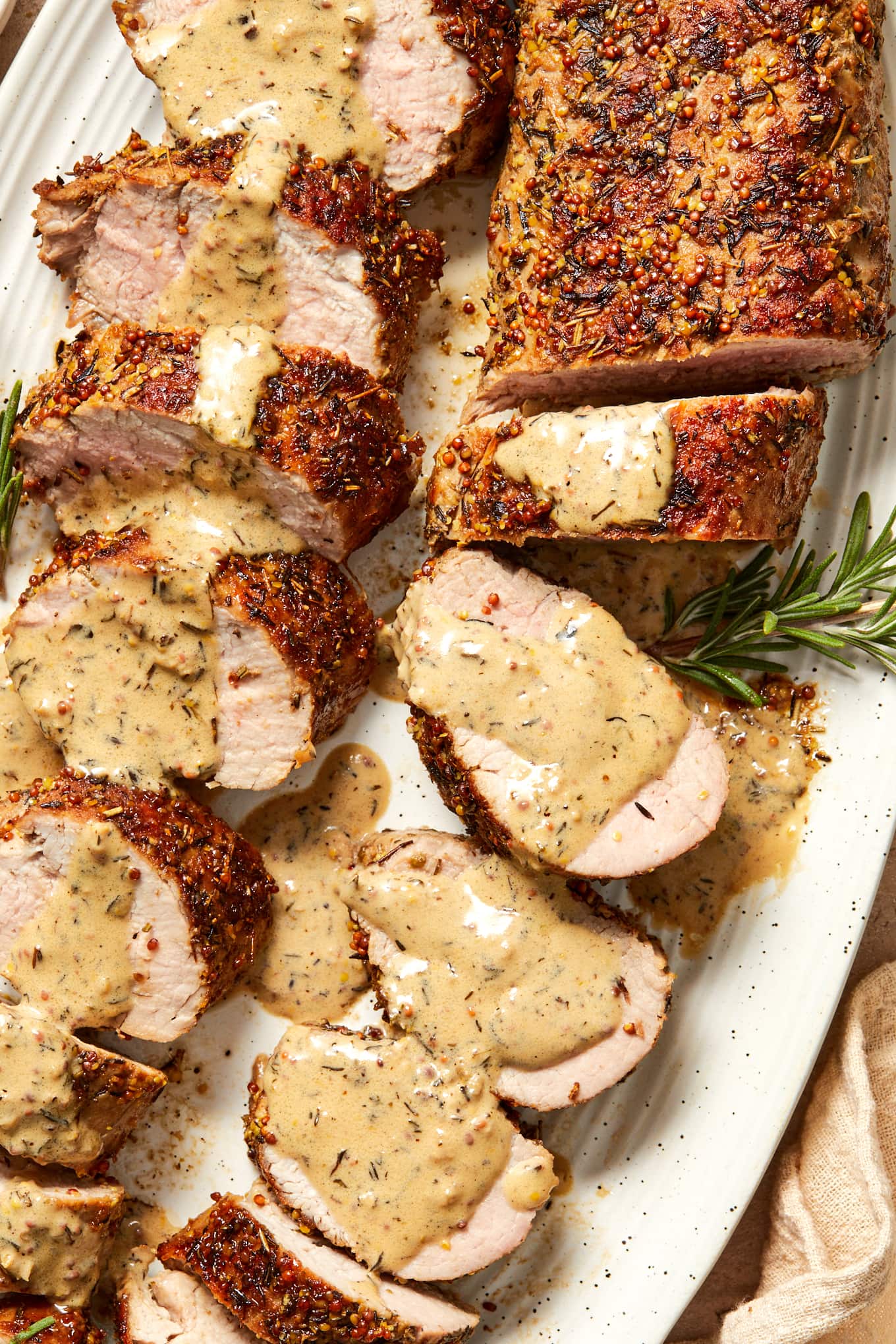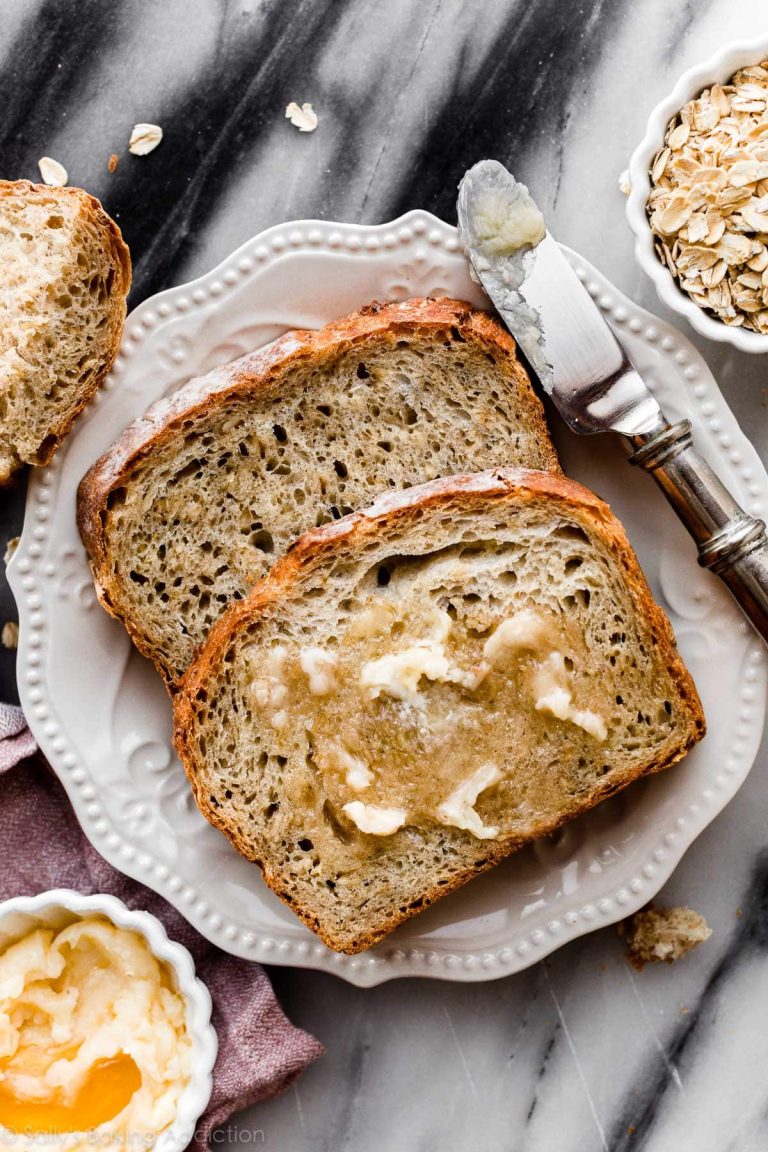Pork Tenderloin Recipes: Perfect for Any Dinner Occasion
Pork tenderloin offers versatile cooking options. You can roast, grill, sauté, or bake it, creating a variety of dishes. Roasting pork tenderloin brings out its natural flavors while grilling adds a smoky touch. Sautéing allows for quick cooking, making it ideal for those short on time. Baking ensures even cooking, providing a tender result every time. This flexibility allows you to adapt recipes to suit any occasion, ensuring an elegant meal without the hassle.
Health Benefits of Pork Tenderloin
Pork tenderloin is a lean cut of meat, making it a healthier choice. It contains high protein and low fat, supporting muscle growth and maintenance. One serving of pork tenderloin (3 ounces) typically has about 120 calories, 22 grams of protein, and only 3 grams of fat. It’s also rich in vitamins and minerals like B-vitamins, selenium, and zinc, which contribute to overall health. Choosing pork tenderloin for your elegant meals not only impresses your guests but also aligns with health-conscious eating.
Key Ingredients for Easy and Elegant Pork Tenderloin
Essential Spices and Herbs
Spices and herbs elevate pork tenderloin, infusing it with rich flavors. Common choices include garlic, rosemary, and thyme. Garlic adds a robust taste, rosemary offers a pine-like fragrance, and thyme contributes earthy notes. Paprika, black pepper, and cumin are popular spices. Paprika gives a sweet, smoky flavor, black pepper adds heat, and cumin provides a warm, nutty essence. Use fresh herbs when possible to maximize flavor depth and aroma.
Choosing the Right Cut
Selecting the right pork tenderloin ensures tenderness and flavor. Look for a tenderloin that is pinkish-red without dark spots. This indicates freshness. A tenderloin weighing 1 to 1.5 pounds is ideal for even cooking. Ensure the meat is firm and moist. Avoid cuts with excessive fat or gristle. Splitting the tenderloin into equal portions ensures consistent cooking, creating a uniformly elegant dish.
Preparing and Cooking Your Pork Tenderloin
Marinating for Flavor
Marinating enhances the pork tenderloin’s flavor and tenderness. Use a blend of olive oil, garlic, rosemary, and thyme for a classic marinade. Combine these ingredients in a bowl, then coat the tenderloin evenly. Place the marinated tenderloin in a resealable bag or container, refrigerate it for at least 2 hours, and up to 24 hours for a more intense flavor. Rotate the meat occasionally to ensure even marinating.
Roasting Techniques
Roasting pork tenderloin provides a juicy, flavorful dish. Preheat your oven to 400°F (200°C). Heat a skillet over medium-high heat, add a bit of oil, and sear the tenderloin on all sides until browned, about 3-5 minutes. Transfer the skillet to the preheated oven, or move the tenderloin to a roasting pan if your skillet isn’t oven-safe. Roast the tenderloin for 20-25 minutes, flipping it halfway through. Use a meat thermometer to check the internal temperature; it’s done when it reads 145°F (63°C). Let the tenderloin rest for 5 minutes before slicing to retain its juices.
Serving Suggestions for Pork Tenderloin
Pairing with Sides
Enhance your pork tenderloin with well-chosen side dishes. Consider roasted vegetables like carrots, Brussels sprouts, or sweet potatoes. These vegetables, when caramelized, bring out the pork’s natural sweetness. For a lighter option, serve a fresh green salad with a tangy vinaigrette to balance the richness. Mashed potatoes or a creamy polenta also complement the tenderloin’s flavor and texture. If you prefer grains, try serving with quinoa or wild rice, both of which add a nutty contrast to the meat.
Presentation Tips
Presentation greatly enhances the dining experience. Slice the tenderloin into medallions, which showcase its tenderness. Arrange slices neatly on a serving platter. Garnish with fresh herbs like rosemary or parsley for a pop of color. Use a sauce or glaze, such as a balsamic reduction, to add visual appeal and extra flavor. When plating individual servings, add the chosen side dishes in a balanced manner, ensuring each plate looks inviting and well-proportioned.
Conclusion
Cooking pork tenderloin doesn’t have to be daunting. With the right techniques and ingredients, you can create a dish that’s both easy and elegant. Whether you’re roasting, grilling, or sautéing, this versatile cut of meat offers endless possibilities. Remember to marinate for maximum flavor and let it rest before slicing to keep it juicy. Pair it with your favorite sides and garnish with fresh herbs for a stunning presentation. By following these tips, you’ll impress your guests with a delicious and visually appealing meal every time.






